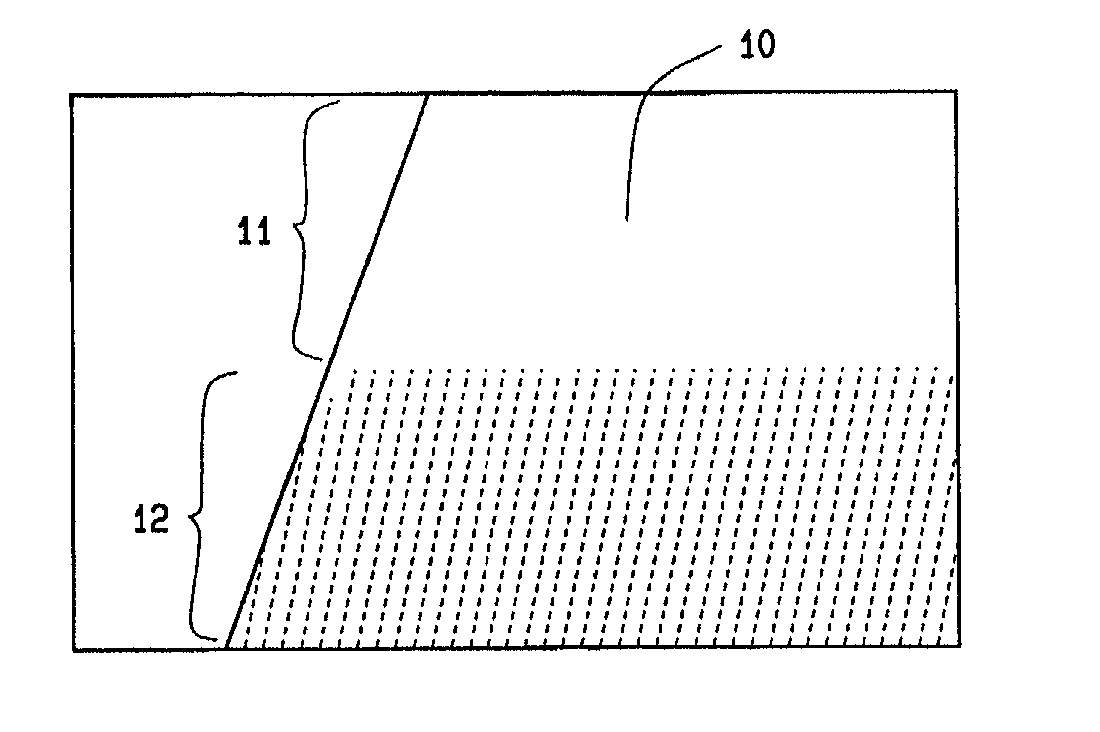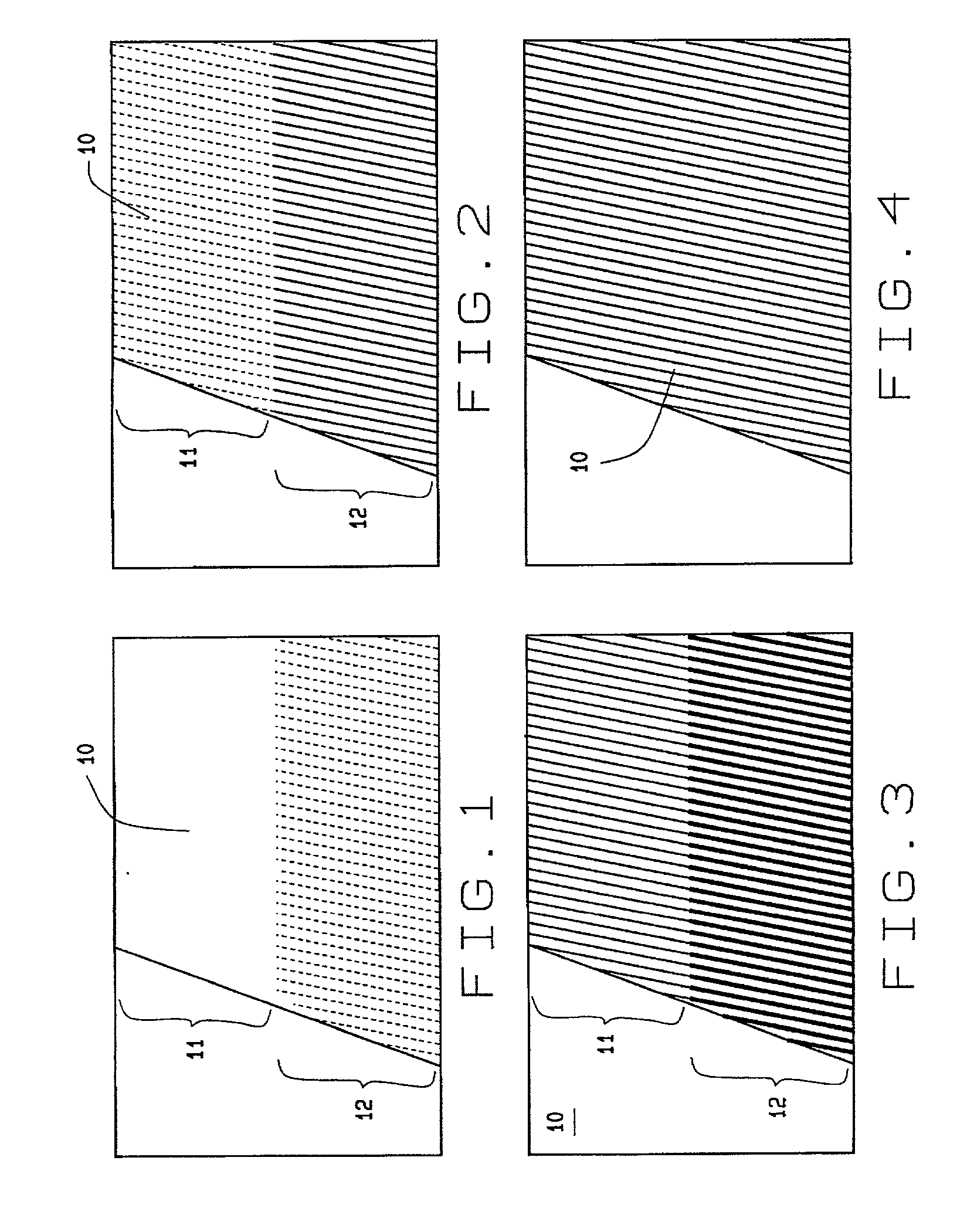Method for high dynamic range image construction based on multiple images with multiple illumination intensities
a technology of illumination intensities and image construction, which is applied in the field of image processing in a noncontact gauge measurement system, can solve the problems of poor laser stripe identification in the resulting images obtained by the cameras, high dynamic light intensity levels, and poor reflectivity characteristics, and achieve the effect of increasing the dynamic light intensity range of an imag
- Summary
- Abstract
- Description
- Claims
- Application Information
AI Technical Summary
Benefits of technology
Problems solved by technology
Method used
Image
Examples
Embodiment Construction
[0015] The following detailed description illustrates the invention by way of example and not by way of limitation. The description clearly enables one skilled in the art to make and use the invention, describes several embodiments, adaptations, variations, alternatives, and uses of the invention, including what is presently believed to be the best mode of carrying out the invention.
[0016] In a first embodiment of the present invention, an image composed of a set of pixels is obtained from a camera or imaging sensor viewing a scene; for example, an object undergoing non-contact measurement. Each pixel is represented by a set of coordinates (X,Y), identifying the location of the pixel in the image, and a value (Z) representing the level of light intensity at that location. Each pixel thus provides a record of the level of light intensity or illumination at that particular location in the image. The light intensity is initially recorded as an integer value and proportionally ranges fr...
PUM
 Login to View More
Login to View More Abstract
Description
Claims
Application Information
 Login to View More
Login to View More - R&D
- Intellectual Property
- Life Sciences
- Materials
- Tech Scout
- Unparalleled Data Quality
- Higher Quality Content
- 60% Fewer Hallucinations
Browse by: Latest US Patents, China's latest patents, Technical Efficacy Thesaurus, Application Domain, Technology Topic, Popular Technical Reports.
© 2025 PatSnap. All rights reserved.Legal|Privacy policy|Modern Slavery Act Transparency Statement|Sitemap|About US| Contact US: help@patsnap.com


